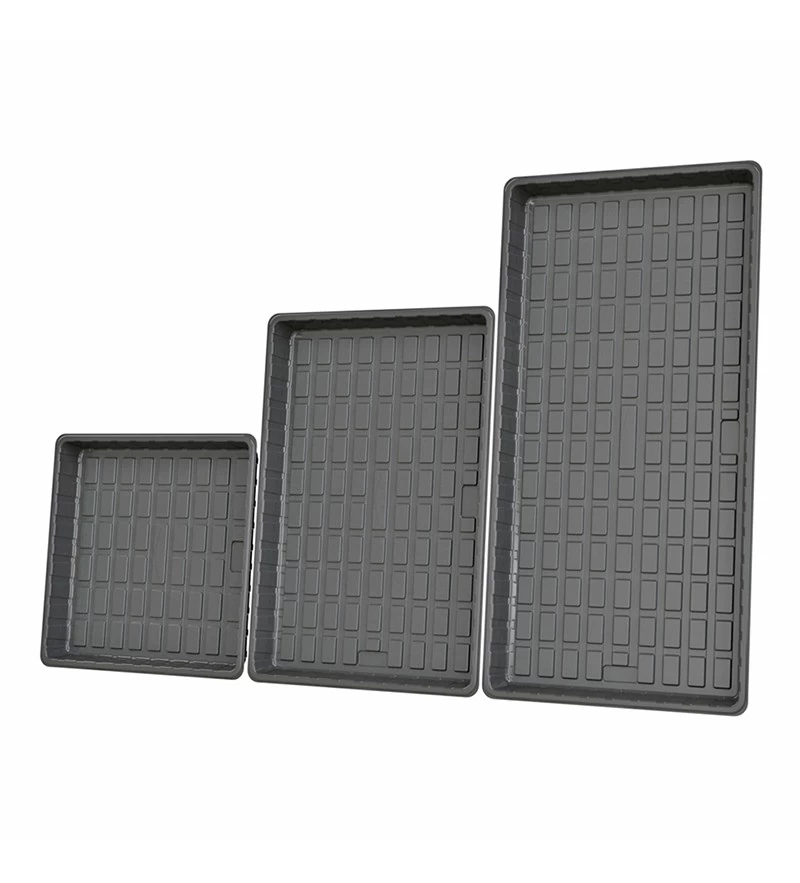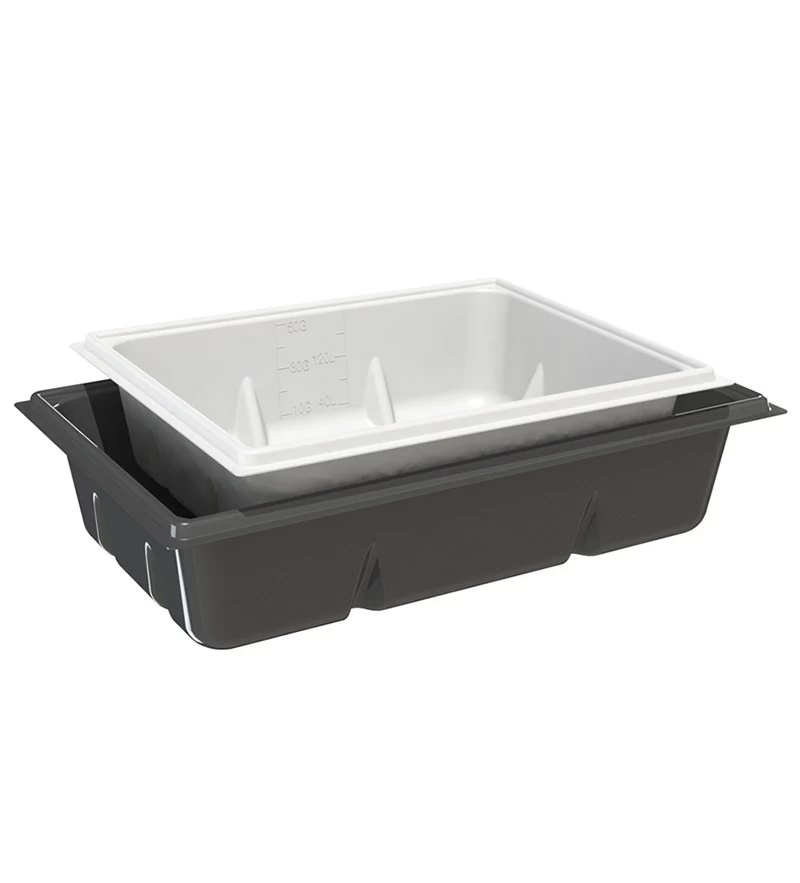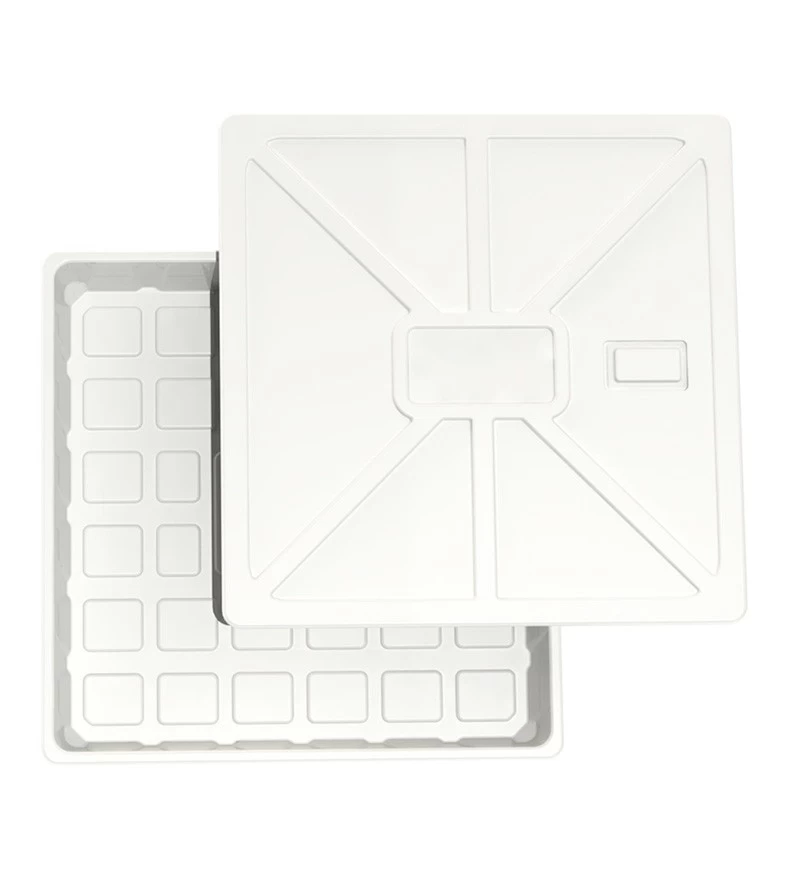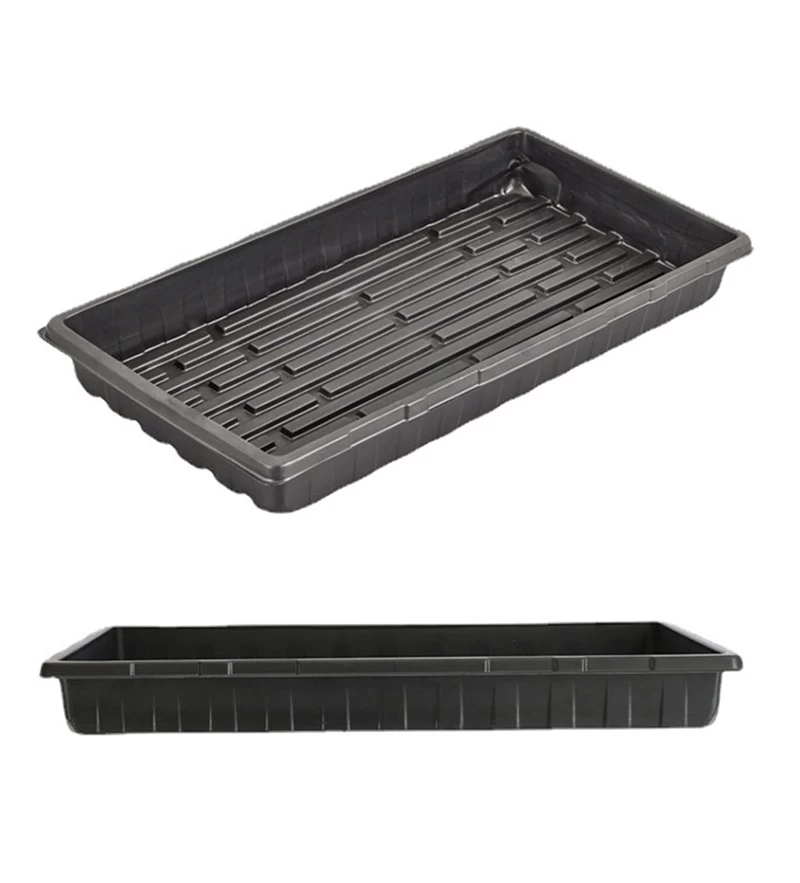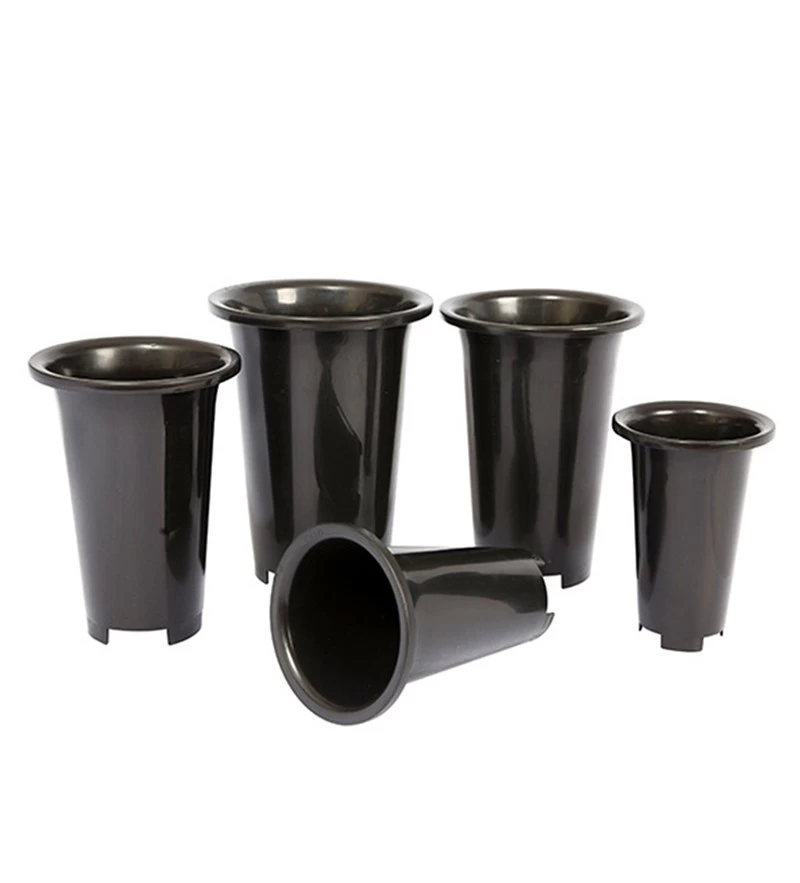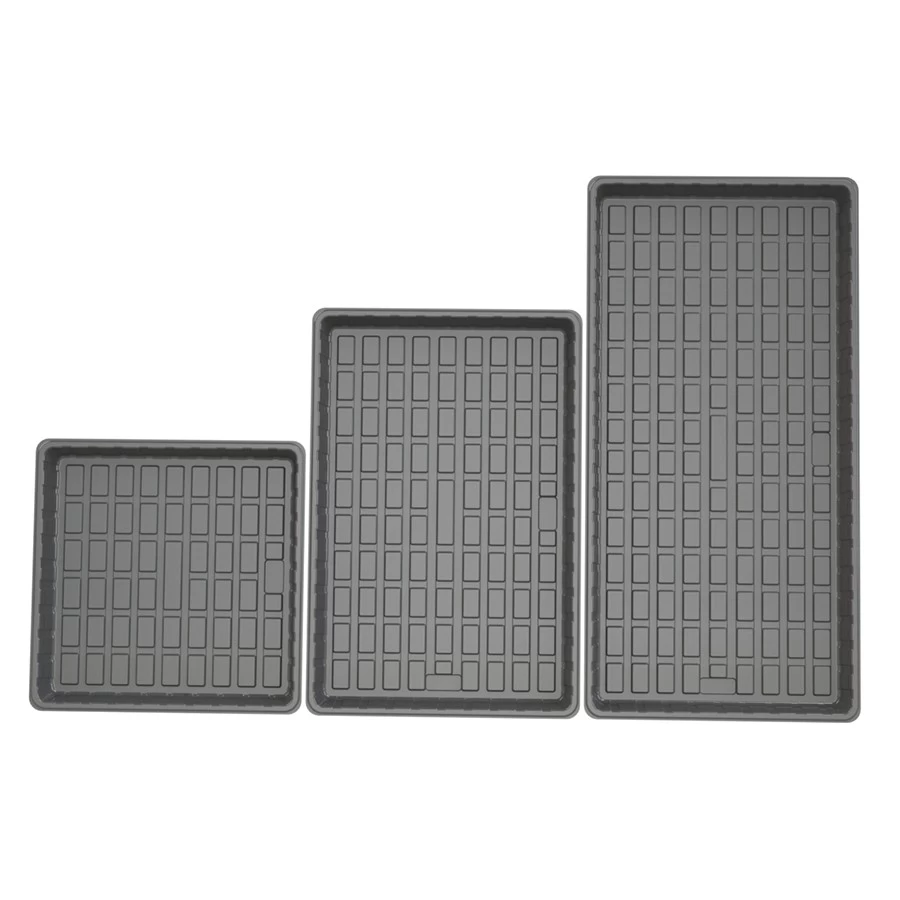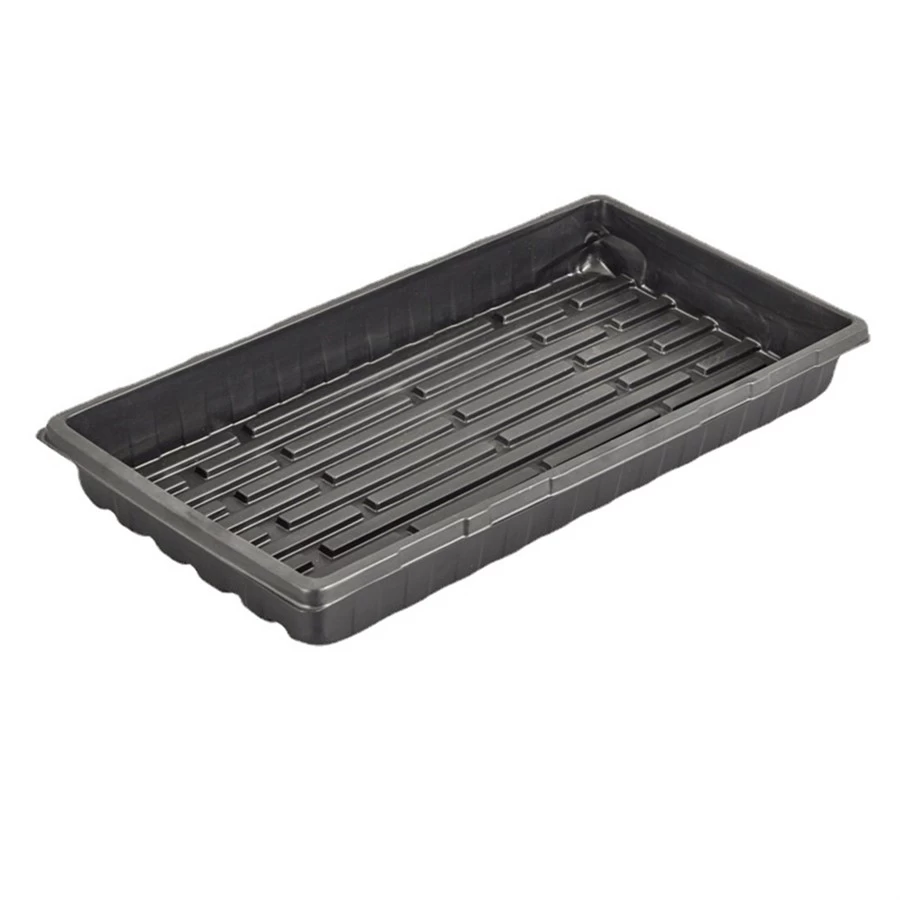Can Vertical Farming Hold up the Future of Farming?
Vertical farming heralds a future where our food may be grown in small spaces in our cities and under our feet. But can it really hold up the future of farming? How far can it go?
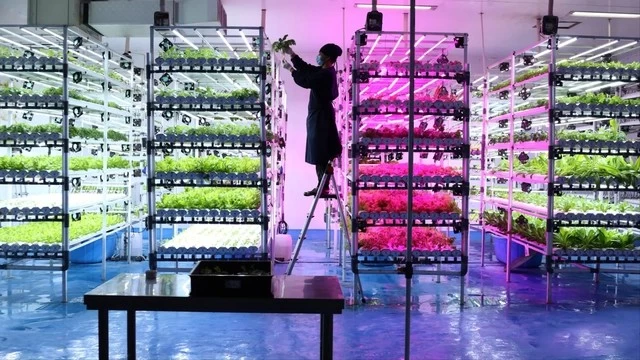
There is no strict definition of a vertical farm, but they typically consist of shallow trays supplied by china grow table manufacturers stacked inside a building, with LED lighting on each level. Many vertical farms have no windows, and some are even built underground.
These farms have to artificially provide plants with everything—water, nutrients, sunlight, pollination, pest control. By far the most common are built in giant greenhouses - taking full advantage of the sun's light and heat, but still with artificially controlled cycles of water, nutrients, etc. While soil is sometimes used, more and more vertical farms are using more advanced hydroponic or aeroponic systems that inject nutrient-laden water (for hydroponics) or steam (for aeroponics) directly Loop around plant roots.
The water efficiency and nutrient efficiency of hydroponics and aeroponics are very high, because the roots can obtain these water and nutrients faster, and the specific planting plants do not need to compete with other plants for water and nutrients. This means that using vertical farms can drastically reduce the water and chemical fertilizers needed to grow food. At the same time, the closed, controlled environment of vertical farms helps keep pests and diseases at bay, potentially reducing the need for pesticides.

If you want to buy hydroponic drain trays for vertical farm, we are professional china drain tray suppliers, please feel free to contact us.
The technology could also allow crops to be grown in places where conventional agriculture would not be possible. For example, astronauts on the International Space Station are growing their own food such as cabbage, lettuce and kale in soilless systems under LED lights. But what makes more sense is that vertical farms can grow without soil or using only a small amount of soil, which means food can be grown close to cities, which could have huge benefits.
Many of the benefits and limitations of vertical farming apply to large-scale farming in developed countries. And the world's small farmers produce 30-34% of the global food supply. Some countries rely heavily on subsistence farming, so vertical farming that runs on electricity may not be realistic. In theory, though, reducing the amount of land occupied by industry and agriculture by moving land to vertical farms could free up space for ecosystem restoration, or even return to these small farmers, or for cultivation with regenerative farming methods.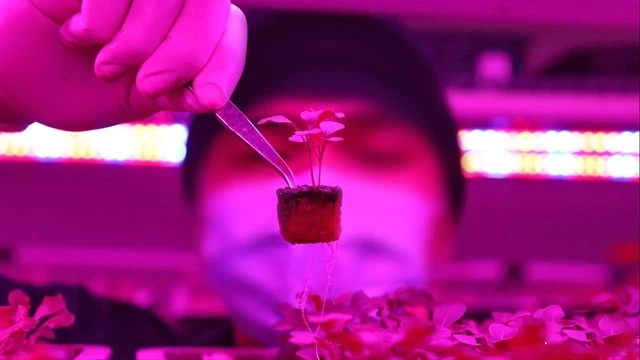
Vertical farms also have the potential to form a "smart supply chain" in the future, in which the growth cycle of plants can be sped up or slowed down in response to changes in demand. Further experimenting with crops on vertical farms could also open up other possibilities for how we experience food, such as compounds, vitamins or antioxidants that create more flavors. In botany, these can be achieved by stressing crops, such as reducing moisture, or exposing harvested food to certain gases during storage. While these innovations may find a place in future sustainable farming methods, it's hard to see them coming to fruition any time soon when funding is a factor.
For more plastic grow trays, please click china grow bag tray wholesale




